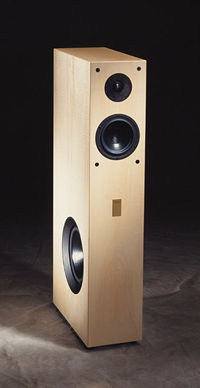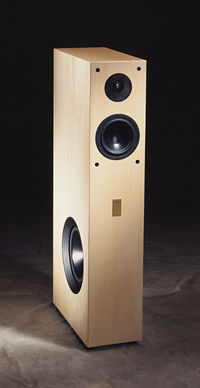1991 Records To Die For Page 7
1991 Records To Die For Page 7
- Read more about 1991 Records To Die For Page 7
- Log in or register to post comments
Based on the replies from an earlier "Vote!" about the future of high-end audio, many audiophiles predict a continually diminishing market for high-end gear.

